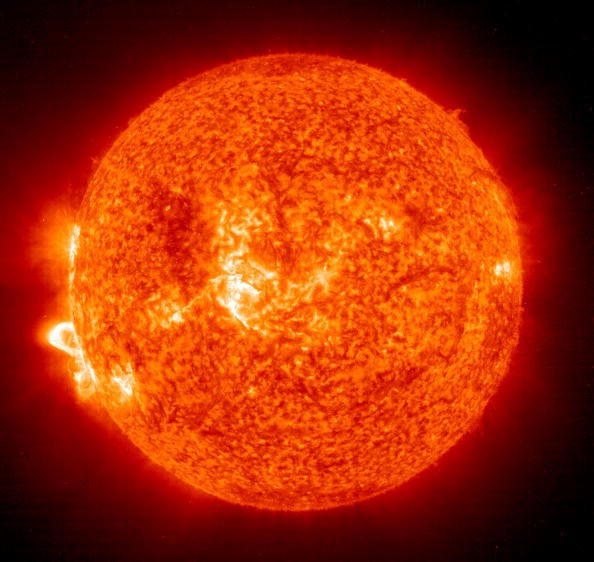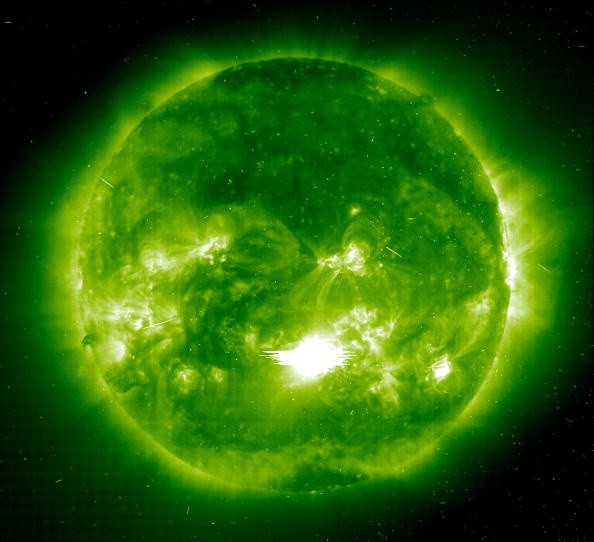According to the government body in charge of space weather monitoring, a violent solar storm might interfere with power grids, satellites, and radio transmissions; according to the NOAA it could also have transported the magnificent northern lights extremely far south overnight.

Monitoring Solar Activities

The National Oceanic and Atmospheric Administration's (NOAA) Space Weather Prediction Center (SWPC) has been tracking a series of solar outbursts that began on Monday (Nov. 1). Since then, the sun has produced several coronal mass ejections (CMEs), which are bubbles of hot gas and magnetic field that can originate from any part of the sun; while such activity can originate from any part of the sun, the current examples have headed out into space toward Earth, making them of special interest to humans. After one of those explosions engulfed a previous storm, some solar weather watchers nicknamed it a "cannibal CME."
The NOAA has several satellites that can detect CMEs. According to a statement, the CME responsible for today's anticipated repercussions reached the Deep Space Climate Observatory (DSCOVR) spacecraft late Wednesday and the GOES-16 satellite around 15 minutes later. DSCOVR is around 1 million miles (1.5 million kilometers) from Earth in the sun's direction, whereas GOES-16 is about 22,200 miles (35,800 kilometers) above the equator, monitoring the United States' East Coast.
Warning
In addition to the more apparent repercussions, NOAA warned that satellites might be affected by phenomena such as surface charge and orientation issues and that the storm could interfere with high-frequency radio communications at high latitudes, potentially affecting long-distance aviation flights.
Of course, it's not all terrible news. The geomagnetic storm may also deliver unusually magnificent northern lights, according to the NOAA statement, with displays perhaps viewable from "Pennsylvania through Iowa to Oregon and points north" overnight from Wednesday to Thursday (Auroras also occur during the day but are much more difficult to see against a sunlit sky.)
Geomagnetic Storms
According to the SWPC's geomagnetic storm prediction, the display might continue, with G1 denoting light storms and G3 denoting major storms. "G1 storm levels remain met, and solar wind conditions remain elevated and enhanced, retaining the possibility for future periods of G2-G3 level storms," according to a prediction released early Thursday.
SWPC also publishes a visual aurora prediction for both the northern and southern hemispheres in addition to technical forecasts.
Space Weathers

Space weather refers to CMEs and other solar activity that can alter conditions throughout the solar system. The sun's 11-year activity cycle is often linked to space weather. The sun is currently in the early stages of what astronomers refer to as "solar cycle 25," which is expected to peak in 2025.
Read also: Powerful Solar 'Superflare' That Only Occurs Once Every 10,000 Years: Can it Happen Today?
For more cosmic news, don't forget to follow Nature World News!
© 2025 NatureWorldNews.com All rights reserved. Do not reproduce without permission.





